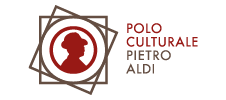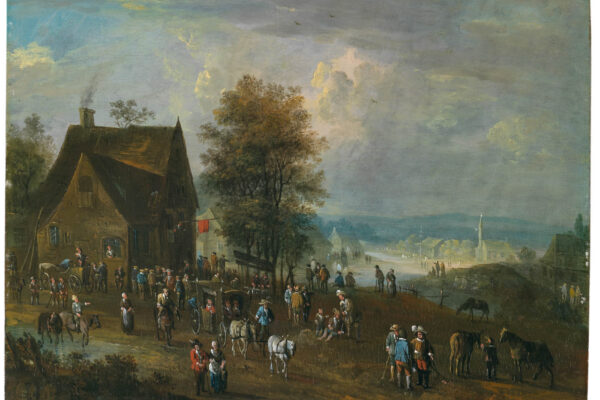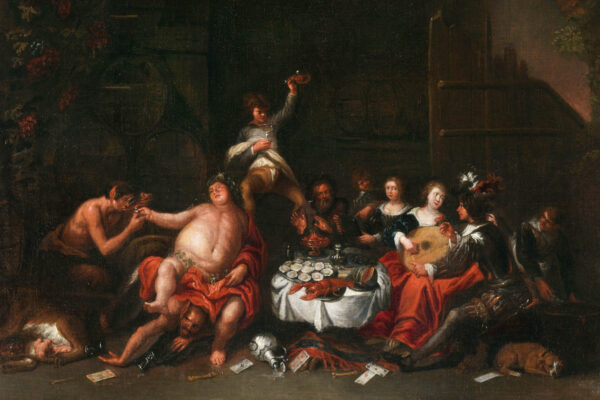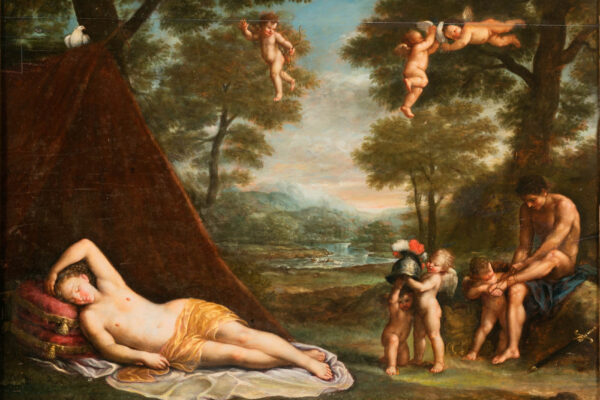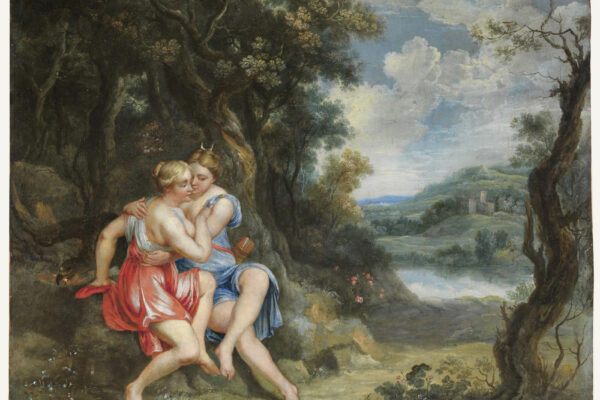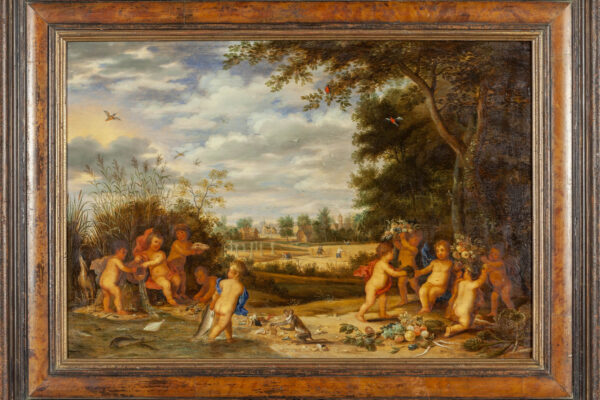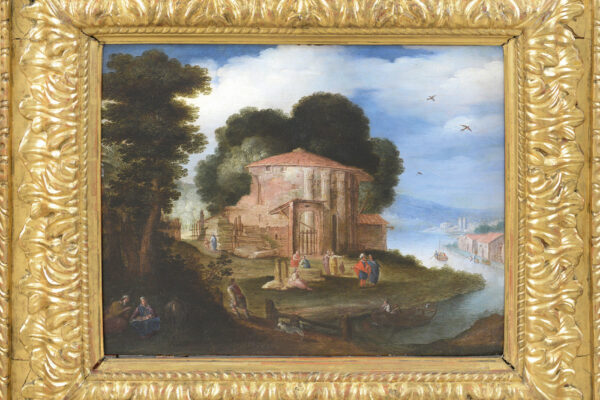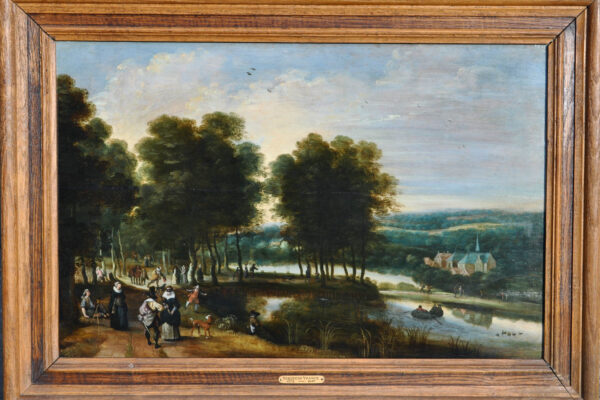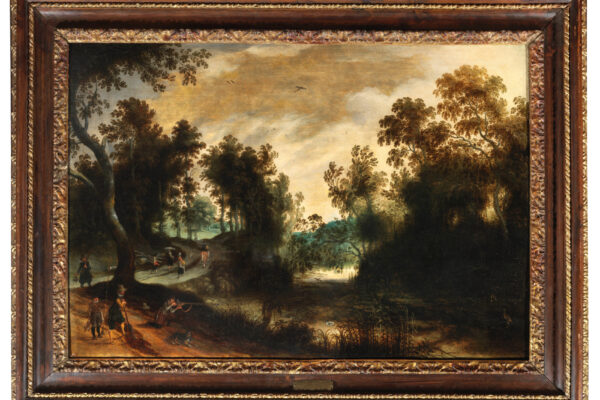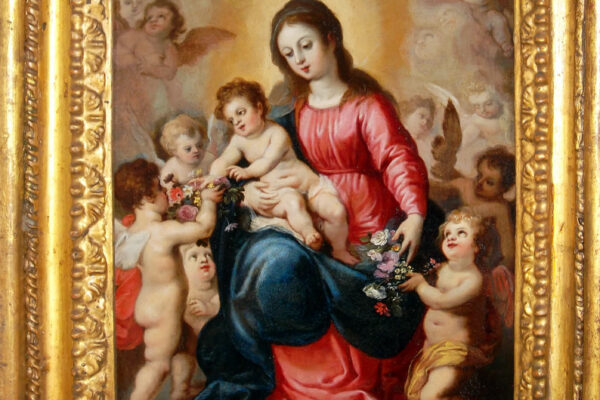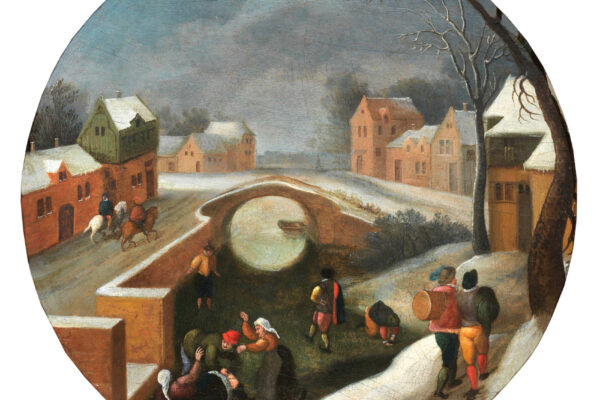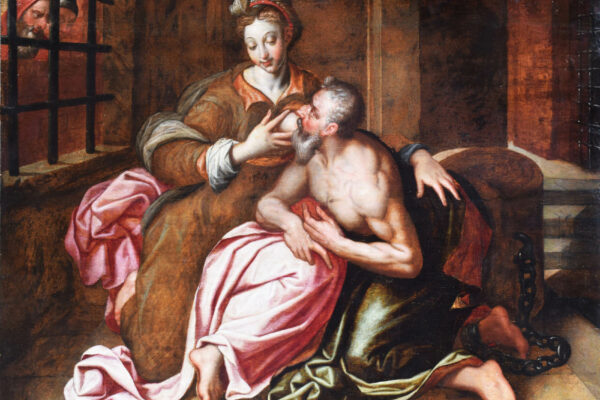The characteristic that distinguishes seventeenth-century Flemish painting from the more markedly realistic Dutch art is the vocation for history and narrative expressed in the various painting genres through a pleasingly decorative approach which is indebted not only to the local Mannerist tradition but also to Italian Renaissance art, absorbed and superbly interpreted by the greatest Flemish master of the time, Pieter Paul Rubens, whose ample corpus of works includes grand cycles on sacred subjects, unthinkable in Protestant Holland. Alongside him, his pupil Antoon van Dyck also stands out, especially for his magnificent portraits of aristocrats and rulers, very different in their expressive force and luxuriance from the sober, measured likenesses of the Dutch bourgeoisie. Besides history painting and portraiture, Flemish art is distinguished by the engaging scenes of village life in landscapes created by Jacob Brueghel the Elder in the early seventeenth century, which became widely popular and were imitated well into the eighteenth century.
Flemish painting
